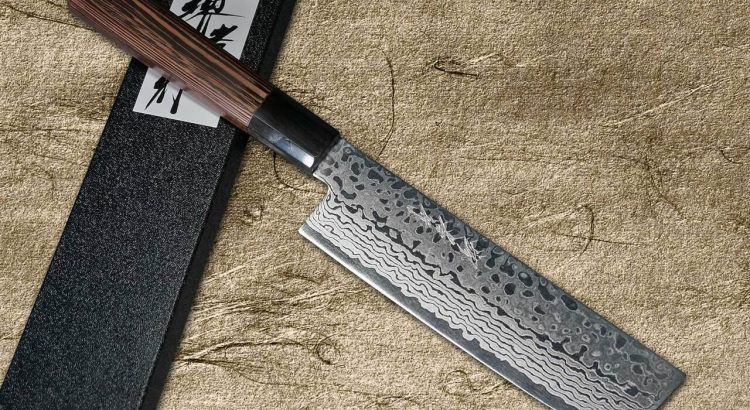img : https://www.hocho-knife.com/
Regarded as one of the finest culinary tools, Japanese knives earn its honor and respect from worldwide professionals in the culinary world. As Japanese food is greatly known for its unique application of traditions in its intricate food preparation processes, diners and gourmets are in awe of the beautiful complexities it portrays. The expression of a wide range of emotions, feelings, and thoughts can be poured into fine works of culinary arts in the world of Japanese food – be it the plain-looking Ebi sushi with no vivid hues of bright orange like that of Salmon sushi, yet delicacy, simplicity, and plain flavors of cooked shrimp wins the hearts of diners from different parts of the globe.
The addition to plain cooked shrimp topped on rice includes the popular slight dabs of spicy Wasabi paste to add up to the spice and little dips of Japan’s traditional sushi sauce. As these complex processes make Japanese cuisine one of the world’s most intricate foods to prepare, the value of these hand-crafted dishes is indescribable, and can only be measured when tasted. With all the respect Japanese cuisine carries on its shoulders, it is highly important to master the skills of the blade.
Unlike just any ordinary knife, a Japanese knife is also referred to a ‘Hocho’ in Japanese. Japanese knives have a world-renowned reputation for excellence, efficiency, quality, and their artisanal craftsmanship in which explains why Japanese chefs look for the finest blades to master their techniques, and knife collectors dream to have them in their possession. If Japanese knives are similar to that of the general kitchen knives with nothing special, professionals wouldn’t be looking passionately for top-quality knife brands even if it requires them to go through hassles of pre-orders and pre-reservations. Quality Japanese knife makes a difference in cooking – be it the chops or cuts of simple ingredients, the materials and techniques used to forge Japanese specialty knives are distinct compared to the general knives.
Finding just the right Japanese knife for a specific task might take time and appears to be daunting. However, once you find the right brand and know what you need the knife for, then you’re all set to own one.
The Not-So Simple Vegetable Knife
Japan is home to culinary tools and quality kitchen equipment for its long history influences the making of crafts ages ago. Since Japan’s Nara era, Japanese knives were used for ceremonies and rituals, also known as “Hocho-shikis”. In the present time, Japanese knives are well adapted in becoming one of the world’s most efficient culinary tools – a great selection for the crafting of intricate dishes like sushi. Japan’s traditional Samurai swords, otherwise known as “Katanas”, are known to be strong blueprints for the adaptation into culinary blades or knives still in use today.
One of the best quality knife brands in Japan is ‘Sakai Takayuki’. Sakai forges countless numbers of fine-quality culinary blades, of which most are for multi-purpose use and those intended for sashimi. However, Sakai Takayuki’s vegetable knives or Nakiri knives are also famous for material quality, grip comfort, balance, and efficiency.
Among the Nakiri knife models, Sakai Takayuki GINGA ZA-18 69-Layer Damascus 165 mm Nakiri Knife is an extremely sharp knife that performs perfect tasks cutting, chopping, and slicing vegetables in accordance to our needs. The eye-catching mirror-finish Damascus version of the blade is crafted out of a 69-layer Damascus stainless steel with a core made up of ZA-18 Alloy. Sakai Takayuki GINGA ZA-18 69-Layer Damascus 165 mm Nakiri Knife also equips extreme hardness of around 61-63 HRC, has high edge retention, has a light center balance when gripped, and owns the finest quality handle materials perfect for professional use.
